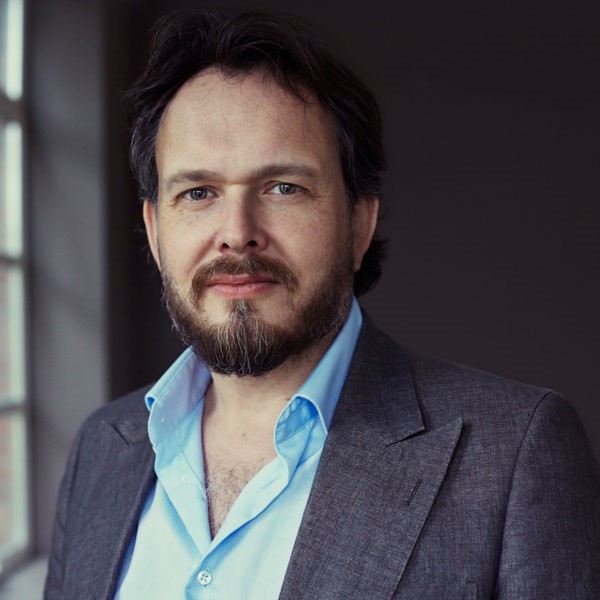
In my last post on personal leadership goal setting, we met Wilma, who was set on becoming a less ‘absent’ mentor for Pedro. We defined goal-setting as:
“The formulation of clear, specific, and appropriate goals that will direct our attention, mobilize our effort, and drive our behavior toward a specific desired outcome.”
…and considered the difference between:
– Goal-setting as an organizational process; and
– Setting personal leadership goals for our individual growth.
Looking at Wilma’s story, we saw that acronyms are useful – but alone, they don’t help us create meaningful goals or overcome obstacles as they arise. Instead, here are a few things we do know that are based on psychological research into goal-setting.
It Starts With Goal Design
Effective goal-setting starts from the beginning – with effective goal design.
And what nifty acronyms don’t cover is how to set meaningful, intrinsically motivational factors that keep us going. To set the right goals, we need to start with our values.
Our values are what we hold dearest to us in life, and while they won’t always deliver short-term financial results, they are almost always strongly related to the soft skills that make us better leaders. This way, they drive longer-term health for our businesses and a positive culture that attracts and retains talent.
If we think about the most important goals we could ever set ourselves, they will always be value-driven. Examples include:
– Leading with greater empathy – this strongly impacts a leader’s ability to connect with, influence, and build trust within their teams;
– Broadening our range of communication styles – this can help us in myriad ways, from managing conflict and leading change, through selling and negotiation, to inspiring and convincing others; or
– Becoming more open-minded – this is linked to greater adaptability, resilience, creativity, and other personal qualities that are vastly critical in our increasingly global and dynamic business environments.
In short, goals that stem from our values guide our behavior for much, much longer, even when external rewards such as praise, money, and promotions are nowhere to be found.
Creating Pathways to Overcome Obstacles
Values-based goals may seem lofty at first glance – after all, how can we make a long-term plan to become more open-minded? How can we know that we are on track to showing more leadership integrity?
Goal design is very useful because it allows us to envision a positive future that we can work toward. It’s about taking that values-based, positive vision and deciding on a specific, concrete outcome.
And once we’ve decided what you’d like that future to look like, it’s possible to come up with not just one, but many potential pathways for getting there – pathway generation.
This also helps us consider and plan around potential failures which might arise – it helps us overcome obstacles – by making us more adaptable. And in a world where the only constant is change, that psychological flexibility is incredibly valuable for a leader to have.
As an example of these three steps in action, let’s revisit Wilma’s desire to be a less absent mentor.
Goal Design
Wilma’s goal was: “I will become a less ‘absent’ mentor for Pedro.”
But, it’s not really about being less absent, is it? Her goal is really about becoming a more supportive mentor because she believes that supporting others is meaningful. Being more supportive is both Wilma’s psychological ‘ideal’ self and a powerful way of leading others.
Her vision, then, might look like this:
– Being more available when Pedro needs her the most;
– Empowering him to pursue his project goals on his own; and
– Encouraging him to shows initiative regarding his development.
Pathway Generation
From here, while her desired vision to be a more supportive mentor (and better leader) has not changed, Wilma’s pathways have opened up considerably. She might consider potential obstacles in advance, and plan around them accordingly:
– If a conference comes up, she might schedule some meetings with Pedro beforehand, rather than writing off their two weekly meetups (if those are even necessary!);
– If Pedro needs help with something outside her area of expertise, she could connect him with other valuable contacts who can help him; or
– They might develop some longer-term development goals together, for Pedro to work on independently while checking in at scheduled points. This one works for lots of potential hurdles!
Overcoming Obstacles
By generating as many pathways as possible around hypothetical obstacles, Wilma now has alternative routes to her personal leadership goals. When obstacles arise – which they can, and will – she can continue to work on being more supportive. You have probably also noticed that some of these (e.g. setting longer-term goals with Pedro) are solid sub-goals she can use to evaluate her progress.
Her success is no longer determined by her attendance at twice-weekly meetings, nor her ability to be there at a specific time and date, helping Pedro kick start his project. Yet, she’s still working toward becoming a better mentor and leader.
Do you think these three steps provide a good approach to goal-setting? What have you used in the past, and how has it worked for you? Have you got a story about setting goals, and sticking to them

Govert is Time To Grow Global’s Managing Partner, specializing in Strategy Facilitation, Leadership development and Organisational performance. Reach him on our Time To Grow Global LinkedIn.


